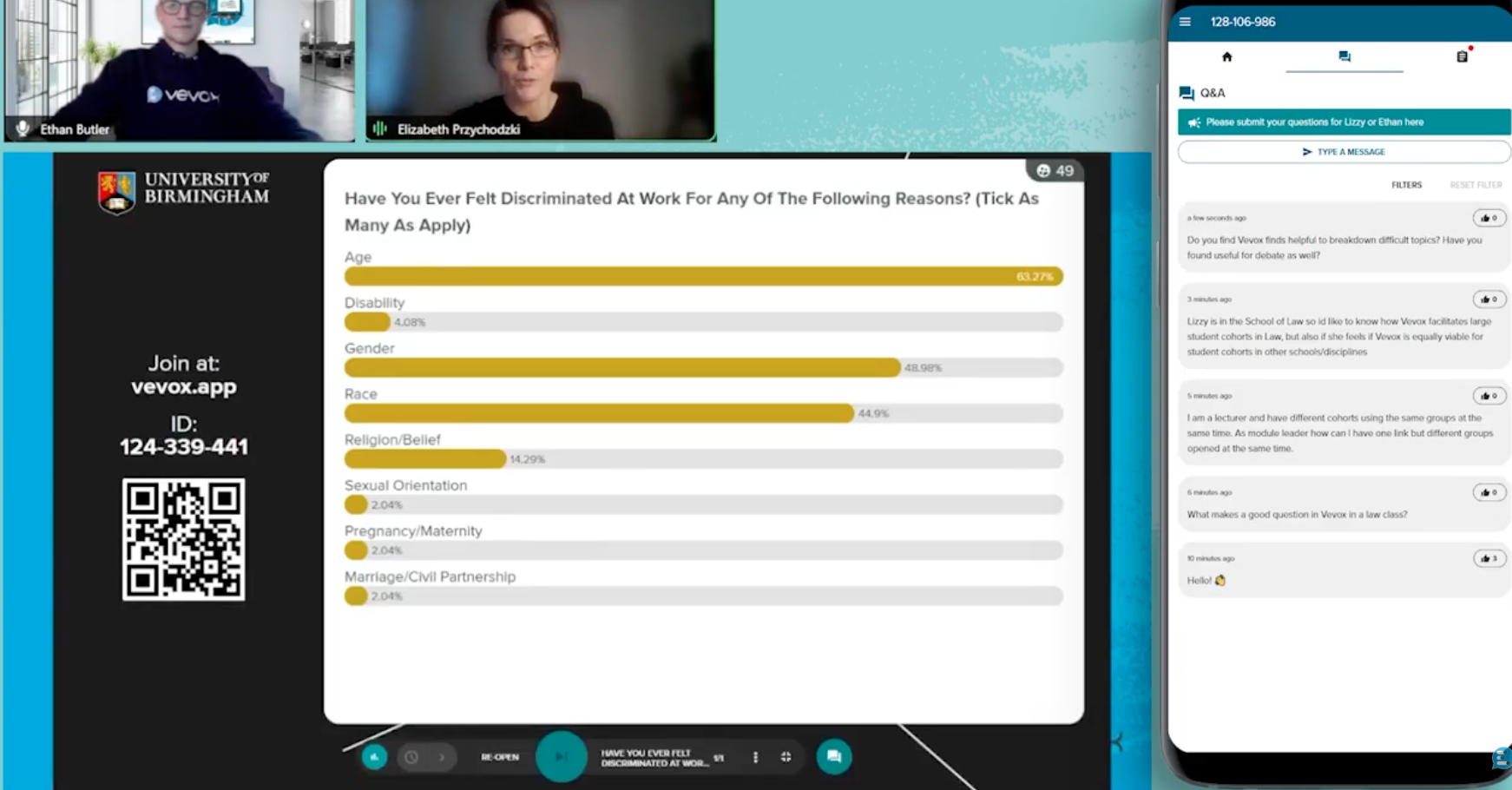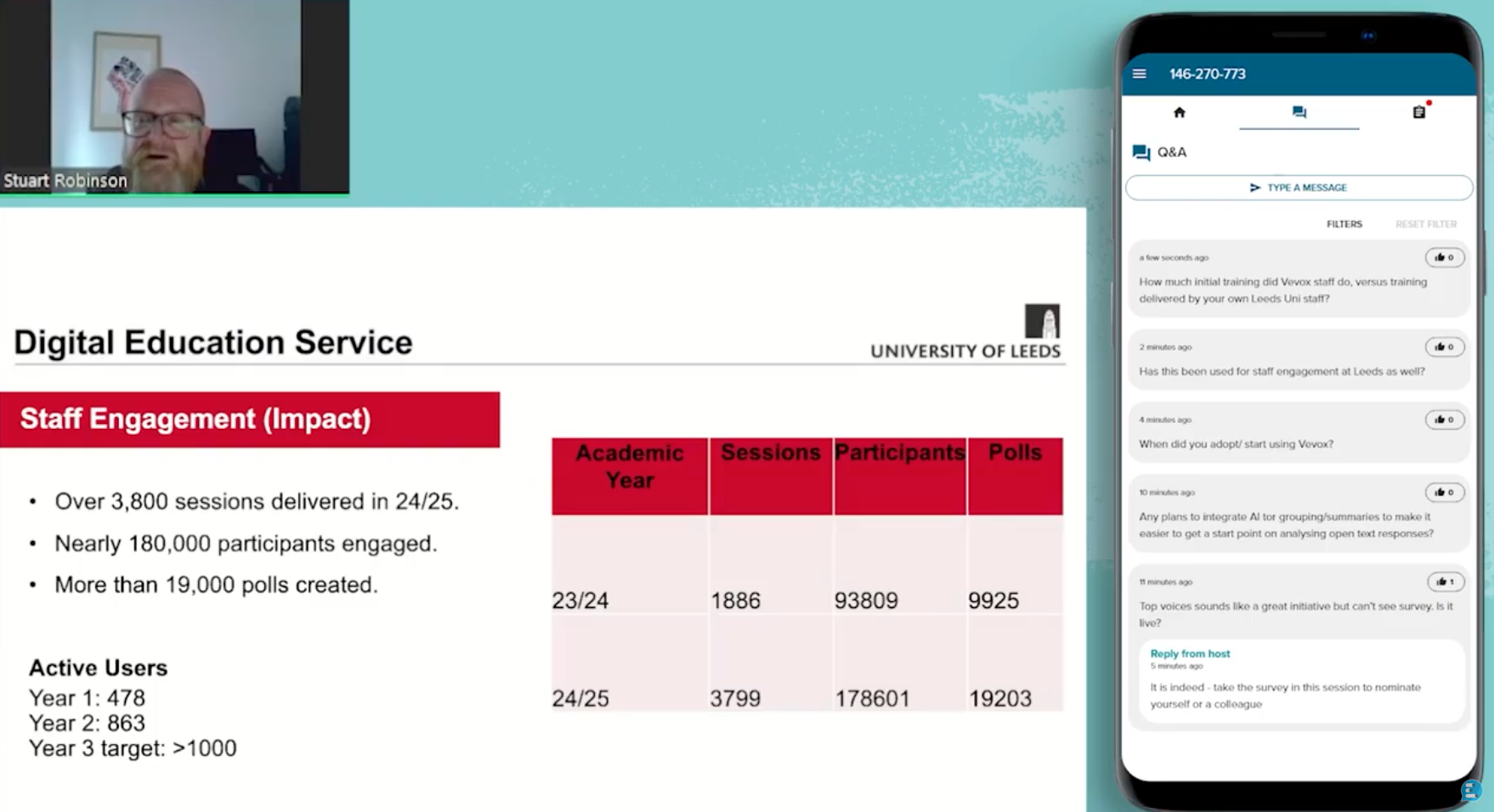Employee training sessions are crucial for any type of organizations to enhance the skills, knowledge and productivity of their workforce. However, not all training sessions are created equal, and many can fall short of their objectives by falling into some deadly traps! In order to create effective and impactful training experiences, it is essential to avoid these 4 deadly sins that often plague employee training sessions! By recognizing and addressing these common pitfalls, organizations can create engaging and successful training sessions that empower employees and drive organizational growth.
1. Death by Monotony
One of the deadliest sins of employee training sessions is creating a monotonous and uninspiring learning environment. Reading from slides or relying solely on lectures can quickly lead to disengagement and decreased retention of information. Instead, training sessions should be dynamic and interactive and involve employees consistently. Incorporate a variety of learning methods, such as group discussions, live polling, quizzes, hands-on activities, case studies, role-plays and anonymous live feedback. By incorporating different learning styles and encouraging active participation, employees are more likely to be engaged and retain the information presented throughout a whole session or multiple training sessions.
2. Death by Irrelevance
Another fatal sin in employee training sessions is failing to make the content relevant to the participants. Generic presentations and training materials that do not address the specific needs and challenges of the employees will result in disengagement and a lack of application. To avoid this, conduct a thorough needs assessment before designing the training session. Tailor the content to the participants' roles, responsibilities, and skill gaps. By making the training relevant to their day-to-day work, employees will see the immediate value and be more motivated to apply what they have learned. Actively ask employees want they want to learn or know about and shape your training materials around the needs or your workforce. That way you can really deliver the answers your employees are wanting to understand!
3. Death by Passive Learning
Passive learning, where participants are simply passive recipients of information, is a grave sin that can hinder the effectiveness of employee training sessions! Employees need to be actively engaged in the learning process to fully grasp and internalize new concepts and terminology. Incorporate interactive elements into the training, such as quizzes and group activities so employees can learn by doing. We all learn differently... BUT many studies show that people learn more quickly and retain information by teaching or actively applying the knowledge in a live situation. Encourage participants to ask questions, share their experiences, and collaborate with their peers. By fostering active participation, employees become more engaged, retain information better, and develop a deeper understanding of the content.
4. Death by Lack of Follow-up
The final deadly sin of employee training sessions is neglecting to provide adequate follow-up and reinforcement of the training course content. Training sessions alone cannot guarantee long-term behavior change, skill development and continuous learning. Organizations should establish post-training support systems, such as coaching, mentoring, resource management systems and ongoing assessments. This continuous reinforcement ensures that employees can apply what they have learned in their day-to-day work and that the training has a lasting impact on their performance in the workplace.
Make your training programs interactive and effective
Employee training sessions play a vital role in developing the skills and knowledge of the workforce. By avoiding the 4 deadly sins of monotony, irrelevance, passive learning, and lack of follow-up, organizations can create impactful and successful training sessions. Engaging employees with dynamic and interactive learning experiences, tailoring the content to their specific needs, fostering active participation, and providing ongoing support are key factors in ensuring the effectiveness of employee training. By investing in high-quality training sessions and applying the right practices and principles, organizations empower their employees and drive continuous growth and success.





